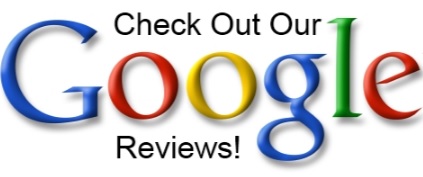
Buying new bedding is exciting – until you start comparing different bedding sets. What do all the different cottons mean? What’s the difference between flannel and microfiber and jersey? What is a “thread-count” and is it important? These questions and more are likely circulating around your brain as you try and pick which bedding set will actually be comfortable and last you a good while. Not to worry–we will clear it all up for you in this article so you can have a clearer idea of what bedding material is the best for you.
Cotton
Fibers. Cotton is a natural material whose fibers come in a few varieties. The most common varieties you will see are Pima (sometimes called Supima), Egyptian, and American Upland. If the type of cotton is not specified on the label of a product, it is most likely American Upland. American Upland is an extremely common cotton variety and is made from short or long fibers–you may see this written as “short staple” or “long staple.” The longer the fibers, such as in Pima and Egyptian cotton, the softer the material tends to be. Pima cotton is softer and finer than American Upland, but Egyptian cotton has the longest fibers and is the most luxurious.
Weaves. Cotton also comes in a variety of weaves. Weaves refer to how the fibers are woven, or joined, together. The main weaves you will see when searching for bedding are percale, sateen, and flannel. The fibers in percale cotton are woven tightly together in a plain weave, resulting in a crisp finish that gets softer as you wash it. If you like to sleep in a cool environment, you will likely gravitate towards percale sheets. Sateen sheets are softer than percale and give off a slight sheen due to their satin weave, showing off more surface area of its delicate threads.
Flannel. When cotton fibers are brushed to create little fuzzy wisps, it becomes flannel. That’s why you may see flannel written as “brushed cotton.” This brushing treatment makes flannel quite cozy and warm, but also more susceptible to pilling. Flannel sheets are great for those who live in cold climates, but if you have strong heat in your bedroom, they may be too warm.
Jersey. Jersey knit is usually cotton or a cotton blend and has a more stretchy feel because it is knit instead of woven. This material retains heat, so it is a good choice if you are looking for something cozy and warm.
Thread Count. Thread count refers to how many actual threads there are in one square inch of fabric. The general guideline is that higher thread counts yield softer, more durable material. However, many companies boast ridiculously high thread counts, like well over 600. If you see a thread count of 850 or 1000 (or higher!), know that you will likely not actually feel a difference in quality–and the durability can actually go down when the thread count is too high. Some people also prefer a lower thread count if they want cooler sheets, as more air may be able to circulate.
Silk
Silk is actually made from silk-worms. They produce an extremely fine thread that creates a luxurious and hypo-allergenic material. Silk is cool, perfect for warm climates or those who need to keep cool while they sleep. It is also excellent for people with thick, curly, or uncooperative hair as it prevents knots from forming while you sleep. Silk is much more costly than cotton and requires a lot of maintenance.
Microfiber
Microfiber is actually a kind of polyester, which is a man-made material created from polymers that are also used to make plastic. Though many polyesters are not particularly comfortable, microfiber is woven tightly, making it soft and cozy. It does keep in the heat, so it’s not a great choice if you are looking for something breathable, but it is also often less expensive than cotton.
Linen
Linen sheets are an excellent choice no matter what climate you live in or what season it is. Made of natural flax fibers, linen is breathable and extremely durable. It is soft, but not as soft as some cottons, though it can also be blended with cotton for a softer feel. Linen’s downside is that it wrinkles easily, but some people like that natural look.
No matter what your climate, season, or material preference, there is a bedding option for you. At Howard’s Upholstery, we can help you choose the best bedding material so you and your family can have comfortable sleep all year long.
















